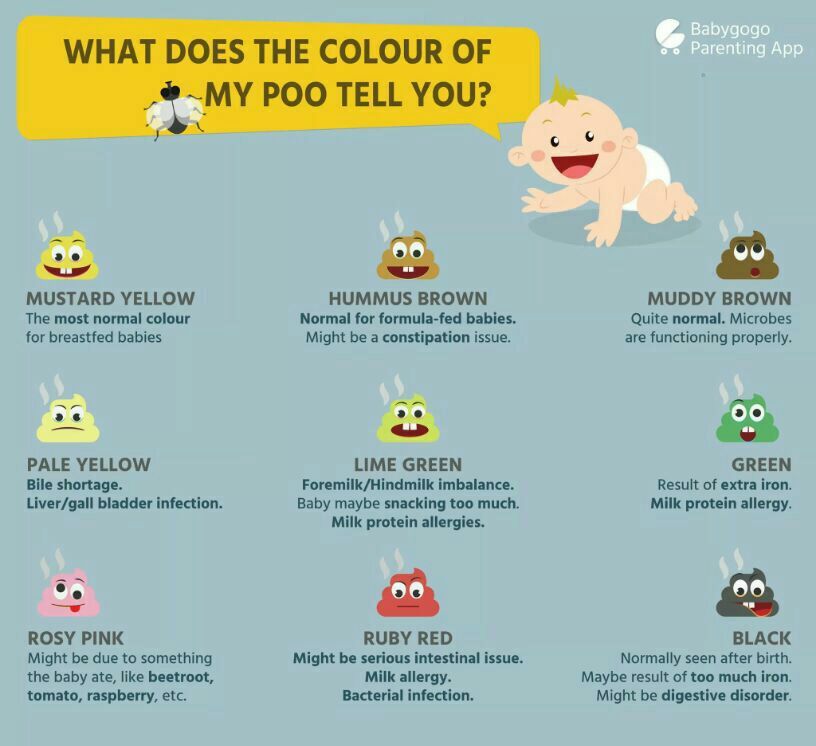How do you feed baby kittens without the mother
Caring for Newborn Kittens Without a Mother
During the late spring and early summer, animal hospitals, shelters and rescue organizations brace themselves for that legendary time of year – kitten season! Yes, that’s right. There is an actual time of year when an overwhelming number of sweet, baby cats are born into this world.
While the cute factor is high during this time, so is the stress of caring for these kittens, many of whom find themselves at DoveLewis or at a shelter without a mother. And looking after these orphaned, adorable creatures is hard work! Much like caring for newborn humans, newborn kittens need constant attention, feeding and help during the first stage of their life.
Ever wonder what it’s like to act as a surrogate mother for these tiny creatures? Dr. Erika Loftin, DoveLewis relief veterinarian, shares details on the ins and outs of kitten care.
What should you expect when caring for newborn kittens?
Caring for orphaned neonatal kittens takes round the clock effort, but it can be done if you are willing to put in the time and dedication. You have to be prepared to get up throughout the night for the feedings. It’s very much like caring for a human baby in that regard. However, they grow up much faster, so you are not doing it for months at a time. But it still takes a similar dedication. You definitely have sleepless nights and periods of worry. Are they getting enough to eat? Are they growing the way they are supposed to?
It can also be really sad sometimes, because they don’t all make it. Some studies say that the mortality rate for kittens can be up to 40 percent. But you definitely create a real bond caring for them through that period.
How often do you feed newborn kittens?
Neonatal kittens need to be fed on a regular basis day and night. For the first week of life, they need to be fed about every two to three hours. After that, you can usually stretch it out to every four hours.
These kittens should be bottle-fed using kitten milk replacer (or KMR), which comes in either liquid or powder form.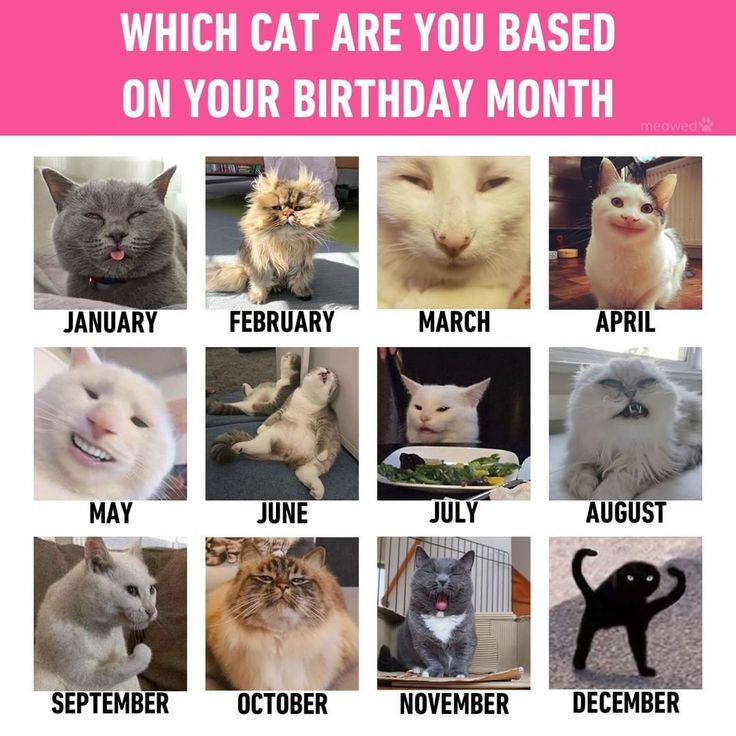 It’s the equivalent to formula that you would use for a bottle-fed baby, except it’s formulated for cats. The formula, bottles and nipples are all available over the counter at most pet supply stores. You don’t need a prescription. The instructions will give you a guideline on how much to feed based on the weight of the cat.
It’s the equivalent to formula that you would use for a bottle-fed baby, except it’s formulated for cats. The formula, bottles and nipples are all available over the counter at most pet supply stores. You don’t need a prescription. The instructions will give you a guideline on how much to feed based on the weight of the cat.
When preparing the bottle, be cautious of milk flow. If you make the hole in the nipple too big, the kitten can actually aspirate, or drown. The bottles come with instructions on how to prep the nipple for milk flow. However, if you are struggling, I would advise you to seek help from your veterinarian. Never cut off the entire tip of the nipple, as this is often what causes cats to aspirate.
What about bathroom time?
Orphaned neonatal kittens need help urinating and defecating. Generally a mother cat would do that with her rough tongue. Without the mother available, use a warm, damp cotton ball or cloth and rub gently over their genitals and anal area.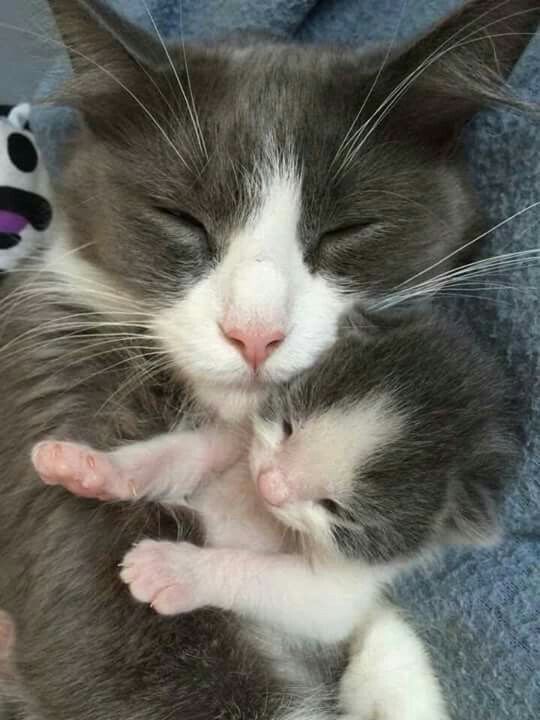 If they are well-hydrated, which is your goal, then you should stimulate them after every feeding and pee should come out. This stimulation usually needs to occur for the first three to four weeks of life. Be sure to clean and dry the area after they’ve done their business.
If they are well-hydrated, which is your goal, then you should stimulate them after every feeding and pee should come out. This stimulation usually needs to occur for the first three to four weeks of life. Be sure to clean and dry the area after they’ve done their business.
Do newborn kittens need special bedding?
You can use a simple box with soft blankets to contain the kitten. For warmth, I would suggest using a warm water bottle wrapped in a towel. Simply put it between two blankets that line the entire box. I would discourage people from using a heating pad, because it’s easier for the kitten to overheat that way.
What are some special handling techniques to keep them healthy and safe?
In the first four weeks of their life, minimize the number of people who handle the kitten. During that time, they have not yet built up their immune systems, and they are prone to illnesses and infections. Be sure to wash your hands before and after each time you handle them.
Avoid allowing the kitten to interact with other animals – even other cats. You never know how another animal will treat a small kitten, and neonatal cats are fragile in this stage of life.
If you have more than one kitten from the same litter, you can definitely keep them in the same box. They can help keep each other warm. If they are from different litters, you can still keep them in the same box, unless they are radically different ages or sizes. Also, don’t mix sick and healthy kittens.
When should I take kittens to the veterinarian?
Overall, it’s a good idea to keep in touch with your veterinarian during the first four weeks of the kitten’s life so they can help you monitor their progress and answer any questions that may arise. Your veterinarian will most likely see them once, but they may request more check-ups depending on the progress you report along the way.
How to Take Care of a Kitten With No Mother?
If you are caring for a young kitten with no mother, there's a lot you should know. Today, our New Iberia vets offer tips and advice on how to take care of a newborn kitten without a mother, what to watch for, and when to take them to the vet.
Today, our New Iberia vets offer tips and advice on how to take care of a newborn kitten without a mother, what to watch for, and when to take them to the vet.
Kittens are adorable and lovable household pets (just ask the Internet!) However, young kittens especially have very specific needs for every stage of their life, and if something goes wrong or is missed it can affect their overall health and longevity. Here we talk about how you can care for your new furry friend during their kitten years.
Caring for a Newborn Kitten
Between 0 - 4 weeks of age, your tiny feline friend is considered to be a newborn. At this stage, they are still learning basics: how to vocalize (meow), walk, and even regulate their body temperature. If their mother is present, she should be able to clean, feed, and help newborn kittens stay warm; your role is to ensure the mother is in good health and that they are in a warm and safe environment.
Make sure the floor of the kitten's crate/area is covered with a blanket, and they have a warm bed to lay on.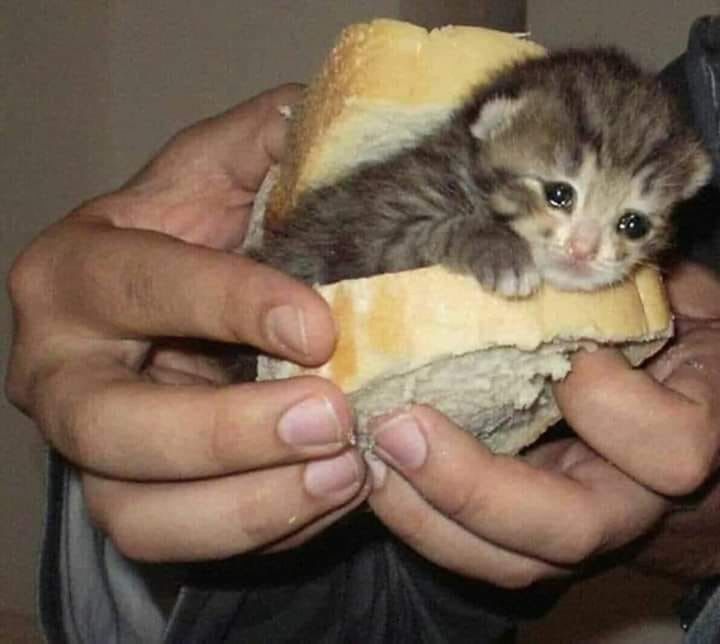 However, if the kitten does not have a mother, the first thing you should do is keep them warm and safe on your way to see a vet. Your veterinarian will be able to determine the overall condition of the kitten and inform you of their requirements.
However, if the kitten does not have a mother, the first thing you should do is keep them warm and safe on your way to see a vet. Your veterinarian will be able to determine the overall condition of the kitten and inform you of their requirements.
Warmth is Vital
If your young kitten doesn't have a mother, you will have to help keep them warm by using something such as a heating disk or heating bad on low heat are placed underneath a blanket in their cage. You should also make a little nest out of soft blankets for the kitten to lay in for comfort. It's important that you make sure that the heating pad isn't too hot by touching it with your hands and providing a comfortable place in your kitten's cage/crate that does not have a heating item so they can go there if they get too warm. Remember, your kitten still needs help with body temperature regulation.
You should continue to provide your kitten with a heating source until they are about 6 weeks old because if kittens get too cold they can catch hypothermia. With this in mind, their area should be kept at 85°F or 29°C.
With this in mind, their area should be kept at 85°F or 29°C.
Feeding Your Newborn Kitten
When caring for a newborn kitten without a mother, it is imperative that feed them and provide them with proper nutrition. You'll have to bottle feed your kitten a special kitten formula every 2-4 hours. As with adult cats, every kitten is different and your veterinarian will be able to inform you of the best formula to use, how much to feed them and how often you should be feeding them. A healthy growth weight for kittens is approximately ½ ounce (14 grams) per day or 4 ounces (113 grams) a week. Never give your kitten or cat cow's milk, and always make sure you are feeding them the same formula and keeping them warm so that they can digest food properly.
Caring for an older Kitten
If the kitten you are caring for is around 6 - 10 weeks old, they should gradually stop bottle feeding and begin eating high protein meals about 3 - 4 times a day. You can start this by pouring the kitten formula in a food bowl and possibly adding a little bit of softened kitten kibble or canned kitten wet food to help ease them into the process.
Around this time, their motor skills will begin improving and they will start becoming more adventurous. This means lots of fun and play – and you'll need to start keeping a closer eye on them so that they don't get themselves in trouble. Kittens require a lot of supervision and hands-on bonding playtime between the ages of 2 -4 months.
Once your kitten is about 4 - 6 months old they will start entering their adolescence. This is when they are generally very mischievous and might require some behavioral training, this is the ideal time to speak to your vet about having your kitten spayed or neutered. Spaying and neutering before 6 - 8 months of age can help to avoid some undesirable behaviors related to mating from becoming habitual.
Preventive Care For Your Kitten
No matter how old your kitten is, take them for their first veterinary appointment during the first week they are in your care. Your veterinarian will assess the health of your kitten, tell you about their dietary needs, and answer any questions you may have in regards to the care of your new family member.
Making sure your kitten gets routine preventive care is essential, including wellness exams, routine vaccinations, and parasite prevention.
Regular wellness exams give your vet the opportunity to assess the overall health and well-being of your kitten including their dietary requirements. Your vet will also be able to detect any diseases early before they become severe when they are easier and more affordable to treat.
You also need to make sure your kitten gets all of its vaccinations and parasite prevention on schedule. Your kitten should come in for their first round of shots when they are 6 to 8 weeks old, and you should have them spayed or neutered when they are 5 to 6 months old. This prevents any serious diseases or conditions from arising in the first place.
What Can Go Wrong?
When caring for a kitten there are several things to keep an eye out for in every stage of your kitten's life. These signs could indicate a problem or even a veterinary emergency, so if you see your kitten displaying any of the following signs call your vet immediately to schedule an appointment:
- Delays or difficulties in motor skills or coordination
- Lethargy
- Refusing food (especially if being bottle-fed)
- Diarrhea
- Vomiting
When your kitten is 4 weeks or older, you still need to keep an eye out for the signs above in addition to these behavioral signs:
- Litter box usage/ not using the litter box
- Signs of play biting or aggression
- Concerns about behavior that should be addressed while the animal is young
With proper vet care and your patient, loving care at home, your new kitten will grow to provide years of companionship and affection.
Note: The advice provided in this post is intended for informational purposes and does not constitute medical advice regarding pets. For an accurate diagnosis of your pet's condition, please make an appointment with your vet.
Are you caring for a kitten with no mother? Call our experienced vets at All Creatures Veterinary Hospital to book an examination for your tiny bundle of joy!
How to feed a kitten without a mother - how to feed a kitten at 1 month without a mother
10/25/2019
For newborn kittens, there is nothing better than mother's milk, which contains a complete set of nutrients, vitamins and trace elements, as well as antibodies that protect the animals' immature immunity. For the first few weeks, kittens eat only this milk, so it is extremely important not to wean them from their mother.
However, there are cases when natural feeding is impossible: for example, kittens are left without a cat, or she simply cannot physically feed all her offspring. Then the question arises of how to feed the kittens - it is impossible to get mother's milk without a cat. A replacement must be found immediately.
Then the question arises of how to feed the kittens - it is impossible to get mother's milk without a cat. A replacement must be found immediately.
The main thing that any owner should remember is that kittens should never be fed cow's or goat's milk. The fact is that a kitten absorbs milk sugar - lactose - in a very limited amount, in cat's milk it is much less than in ruminant milk. But the density of proteins and fats in the milk of carnivores is several times higher.
Feeding kittens with regular milk results in slower physical development in animals. In addition, an abundance of lactose leads to diarrhea, and this, in turn, causes dehydration that is dangerous for the kitten.
That is why special milk substitutes are used for artificial feeding of newborn kittens. However, there are many nuances that should be taken into account when choosing a substitute. Here are three simple principles.
First, the milk replacer must contain enough fat. Cat's milk is almost three times fatter than cow's milk - it contains 8–8.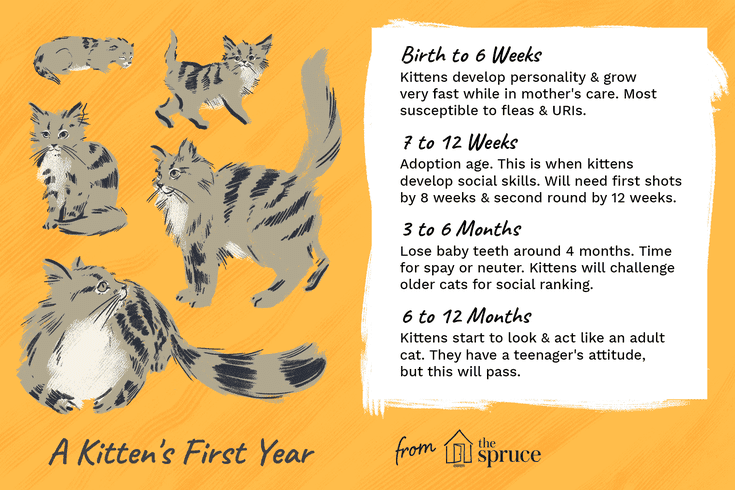 5% fat. It is these numbers that you should focus on when choosing a mixture.
5% fat. It is these numbers that you should focus on when choosing a mixture.
Secondly, the substitute must not contain starch. The enzyme amylase, which breaks it down, begins to be produced in cats only as they grow older. So in the kitten's body, starchy milk will ferment, leading to diarrhea and dehydration.
Third, be sure to look for the “contains DHA” label on milk replacer packaging. The three mysterious letters are docosahexaenoic acid, a polyunsaturated fatty acid that is necessary for the proper development of the whole body of a kitten, and especially its nervous system.
Choosing the right milk replacer based on these principles is easy. There are adapted milk formulas on the market today to meet all the needs of a kitten, from birth to weaning, a great example is ROYAL CANIN® Babycat Milk.
But it is not enough to choose the right substitute, it is important to follow the technology of preparing milk formula and feeding the kitten. Here, too, several basic principles can be distinguished.
First: prepare the mixture with clean hands in a disinfected dish. The substitute is prepared immediately before feeding: do not prepare the mixture for the future, it will quickly deteriorate. The dry mix jar itself should also not be stored longer than a month after opening. Please read the additional conditions carefully, they are indicated on the package.
Second: always check the temperature of the finished solution. The dry mixture is poured with water heated to 50 degrees Celsius. The temperature of the finished product should be 36-38 degrees: you can check it by dropping a little mixture on your wrist. Do not feed formula that has cooled to room temperature. If you have multiple kittens, use a thermos to keep the mixture warm so you can take turns feeding them.
Third: feed the animal until it is full. If after several approaches the kitten resists the nipple, do not force feed it. Also remember that when feeding, the animal should lie on its stomach and in no case on its back, otherwise the mixture will enter the respiratory tract. After feeding, lightly massage the kitten's abdomen and perineum to encourage defecation and urination, as kittens do not have enough abdominal strength to relieve themselves. Requires stimulation with massage. Usually a cat does this stimulation by licking its kittens.
After feeding, lightly massage the kitten's abdomen and perineum to encourage defecation and urination, as kittens do not have enough abdominal strength to relieve themselves. Requires stimulation with massage. Usually a cat does this stimulation by licking its kittens.
Fourth: feed the animal often. Kittens fed by a cat eat 15-20 times a day. But how to feed small kittens without a cat? On artificial feeding, 8 times is enough, that is, you need to give the animal food every three hours. As the kitten grows, the frequency of meals is reduced. Kittens at the age of three weeks can be fed once every six hours.
Some kittens that are initially weak or that are developmentally delayed may need to be tube fed. This procedure will require a visit to the veterinarian, who will show you how to properly insert the tube and talk about the basic principles of this type of feeding.
Artificial feeding loses to natural feeding, but allows the kitten to grow into a full-fledged adult cat. The main thing is to choose the right product and strictly follow the instructions.
The main thing is to choose the right product and strictly follow the instructions.
Back to top
Mature Consult (in sauce)
View product
Sterilized (in jelly)
View product
Renal with chicken (in sauce)
View product
How to help a kitten stay fit
Kitten hygiene and grooming tips
Endoparasites in cats
Introducing your kitten to your family members
Feeding advice for kittens by stage of development
Kitten nutrition questions
Kitten Puberty
Watch a video on how to properly feed a kitten
How to feed a kitten | Pick a Friend Foundation
1. Gather the necessary supplies. To feed a newborn kitten, you will need some kind of specially designed device. If possible, use a bottle with a kitty teat set, such as Hartz. This bottle itself is small and made of transparent plastic with markings for more accurate measurement of liquids. The nipple is made of special rubber and has an appropriate comfortable shape to fit in the kitten's mouth. This allows him to suckle the bottle as if he were suckling his mother.
If possible, use a bottle with a kitty teat set, such as Hartz. This bottle itself is small and made of transparent plastic with markings for more accurate measurement of liquids. The nipple is made of special rubber and has an appropriate comfortable shape to fit in the kitten's mouth. This allows him to suckle the bottle as if he were suckling his mother.
If you don't have a dedicated feeding device, then another alternative is a syringe that can be used to dribble milk into the kitten's mouth. However, the kitten does not have the ability to suck on a syringe, so try to find a suitable replacement as soon as possible.
2. Sterilize the equipment. It is critical to maintain sterile equipment. A simple wash is not enough for this. Consider using a steam sterilizer (like for baby bottles) or immerse the equipment in a bowl of cold sterilizing liquid, such as Chicco.
Cold sterilization fluid can usually be found in pharmacies in the children's section. Follow the instructions on the packaging. If you decide to use such a liquid when sterilizing your kitten's feeding equipment, do not forget to rinse everything with boiled water afterwards so that there are no residues of the sterilizing agent on the inventory.
Follow the instructions on the packaging. If you decide to use such a liquid when sterilizing your kitten's feeding equipment, do not forget to rinse everything with boiled water afterwards so that there are no residues of the sterilizing agent on the inventory.
3. Prepare and heat the mixture. If you are using liquid formula, open the jar and measure out the required amount of formula according to the instructions. When using a powder mixture, follow the instructions on the packaging regarding the required number of scoops per volume of water. Always follow the directions exactly, as a mixture that is too strong can lead to stomach upset, while a formula that is too dilute will not provide the kitten with the required amount of nutrients.
Always prepare a fresh batch of formula for every feeding. The mixture does not contain preservatives, and the immune system of a newborn kitten is still weak, so getting bacteria from the environment into the milk can be a disaster for his health.
Do not microwave; because of this, too hot and too cold areas can form in the mixture. Instead, simply place the mixture in a container and place it in hot water to heat up.
Make sure the milk is at the right temperature – neither too hot nor too cold. Ideally, the mixture should be at body temperature, so when you apply a couple of drops of it to the back of your hand, their temperature should seem to be about the temperature of your skin. If you use too hot mixture, you can burn the kitten's mouth.
4. Check your kitten's body temperature. When you are ready to feed your kitten, make sure it is warm. To some extent, a kitten's ability to digest food depends on its body temperature. If the kitten is cool, his digestion will slow down, and the mixture will linger in the stomach and ferment. Newborn kittens usually cling closely to their mother and therefore remain quite warm. For the first three weeks of their life, a temperature of about 35. 6-37.8 degrees will be considered ideal.
6-37.8 degrees will be considered ideal.
Try to keep the kitten at this temperature by placing a heating pad under a well-insulated kitten nest. If you don't have a heating pad, use a hot water bottle wrapped in a towel to prevent the kitten from coming into direct contact with the hot water and getting burned. Refresh the hot water as needed to keep the kitten warm.
5. Feed the kitten. Sit in a comfortable chair with a folded towel on your lap. Place the kitten in the same way as it would be fed by its mother: lay it on its stomach with its paws down and with its head slightly raised. The first time you try to feed the kitten, squeeze a drop of the mixture onto the tip of the nipple or syringe. Bring it very close to the kitten's mouth. The kitten has a rather acute sense of smell and, most likely, having smelled milk, he will try to kiss the nipple or syringe.
When using the pacifier at this stage, you should help the kitten a little by inserting it into its open mouth. Natural instincts should take over and the kitten should start suckling.
Natural instincts should take over and the kitten should start suckling.
When using the syringe, gently press the plunger to release a drop of milk into the kitten's mouth. Let the kitten swallow between drops. Never fill your mouth with milk completely, as the kitten can inhale the milk, it will enter the lungs and develop pneumonia, which is usually fatal for kittens. Just take your time and go slowly.
The position of the kitten is very important. Never feed it upside down like a human baby and make sure the kitten is lying on its stomach during feeding. Make sure that his head is not up, as this can lead to inhalation of the mixture into the lungs, which is very dangerous and can lead to the death of the kitten.
6. Feed your kitten the correct amount of formula. Kitten formulas are usually accompanied by instructions on how much and how often to feed. Follow these instructions. The following are only generalized indications of the volume and frequency of feeding mixtures of kittens in the first weeks of their life.
At the age of 1-3 days, give 2.5 ml of cat's milk replacer every two hours.
At the age of 4-7 days, give 5 ml of the mixture and organize 10-12 feedings per day.
At the age of 6-10 days, give 5-7.5 ml of the mixture and organize 10 feedings per day.
At the age of 11-14 days, give 10-12.5 mixtures and feed the kittens every three hours.
At the age of 15-21 days, give 10 ml of the mixture 8 times a day. At the age of over 21 days, give 7.5-25 ml 3-4 times a day simultaneously with the introduction of solid food.
7. Pay attention to important signs while feeding your kitten.
When learning and practicing formula feeding a kitten, remember that improper feeding can lead to breathing problems. Make sure that milk does not flow out of his nose during feeding, and his stomach does not swell.
In terms of feeding volumes, if your kitten is greedy enough to continue sucking on the pacifier even after exceeding the recommended dose, examine its abdomen. If it swells up and becomes tight, stop feeding. This is a sign of a full stomach, it's just that the kitten hasn't realized it yet. Don't overfeed him.
If it swells up and becomes tight, stop feeding. This is a sign of a full stomach, it's just that the kitten hasn't realized it yet. Don't overfeed him.
If your kitten eats less than the recommended amount, don't panic. This may be his personality. If you're worried about your kitten being malnourished, instead of trying to force more formula into him at the risk of choking his lungs, stop, let the kitten rest, and try feeding the kitten again in about an hour.
8. Remain calm. It is very important not to lose patience and remain calm when you feed the kitten so that he is also calm. In addition, allow the kitten to eat as long as he needs to avoid overeating or digestive problems.
Stimulate belching by putting the kitten back against your body and stroking its belly. When a cat cares for kittens, she licks them and thereby stimulates urination and defecation. Don't be surprised by any of the possible results - these are good signs!
9.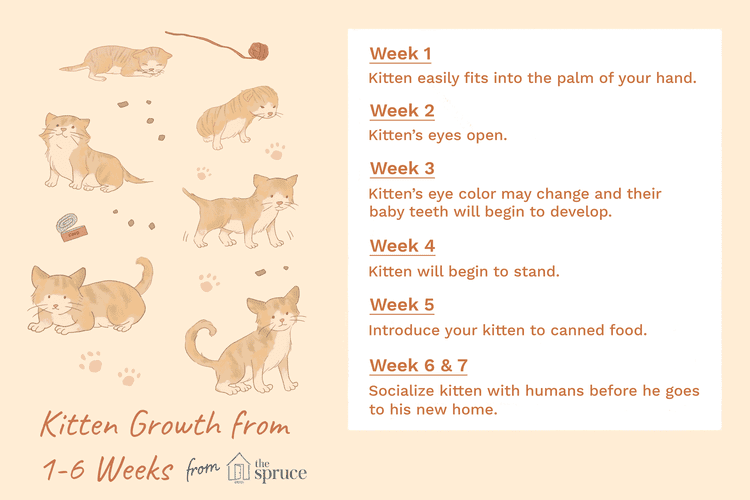 Clean the kitten's bottom. The mother cat usually licks the kittens' bottoms and genitals immediately after feedings to stimulate urination and defecation. She also eats their excrement, which is a natural way to keep the nest clean, as a dirty nest can attract predators. In the absence of the mother, you need to intervene in this process. Take a damp cotton swab and wipe the kitten's anal area, imitating licking movements. As soon as the kitten goes to the toilet, wipe off the excrement with a cotton swab. Finish the procedure with an additional wipe of the kitten's buttocks with a clean cotton swab, and you will be free until the next feeding.
Clean the kitten's bottom. The mother cat usually licks the kittens' bottoms and genitals immediately after feedings to stimulate urination and defecation. She also eats their excrement, which is a natural way to keep the nest clean, as a dirty nest can attract predators. In the absence of the mother, you need to intervene in this process. Take a damp cotton swab and wipe the kitten's anal area, imitating licking movements. As soon as the kitten goes to the toilet, wipe off the excrement with a cotton swab. Finish the procedure with an additional wipe of the kitten's buttocks with a clean cotton swab, and you will be free until the next feeding.
This is an important step in successfully nursing a kitten. If the mother's stimulation of urination and defecation is not imitated, the kitten will not empty its bladder and bowels normally, which can cause it to become seriously ill.
10. Return the kitten to its warm nest or box to rest.










